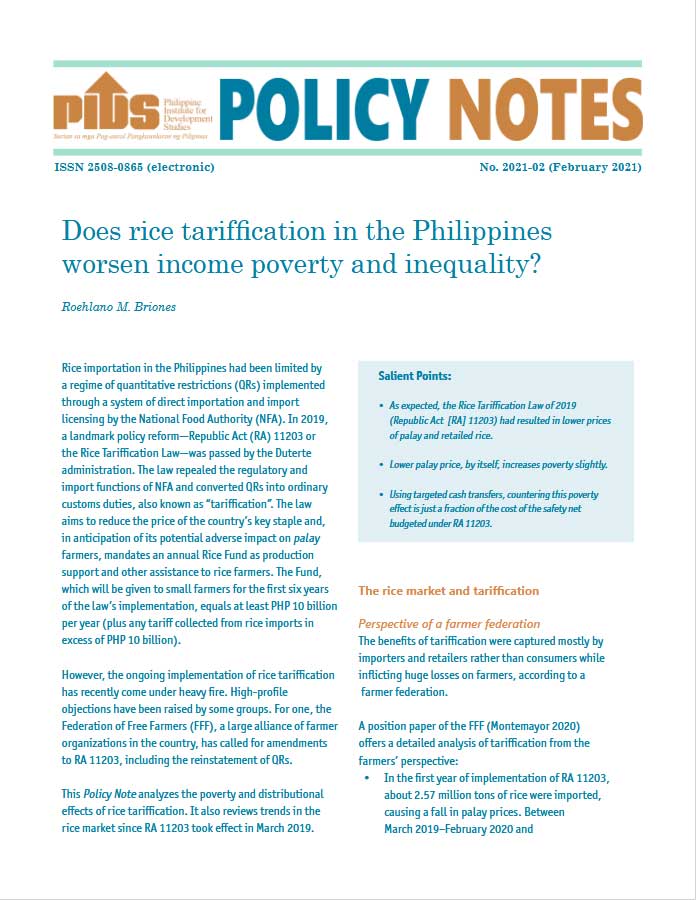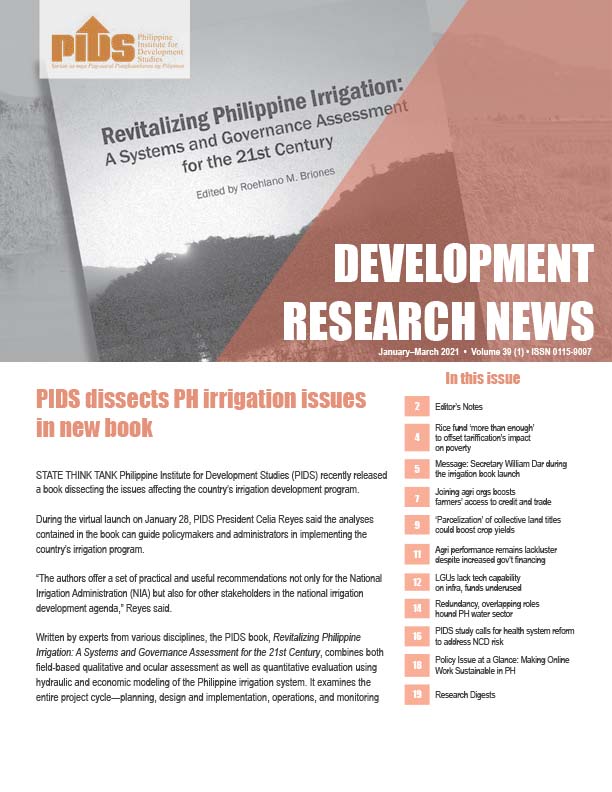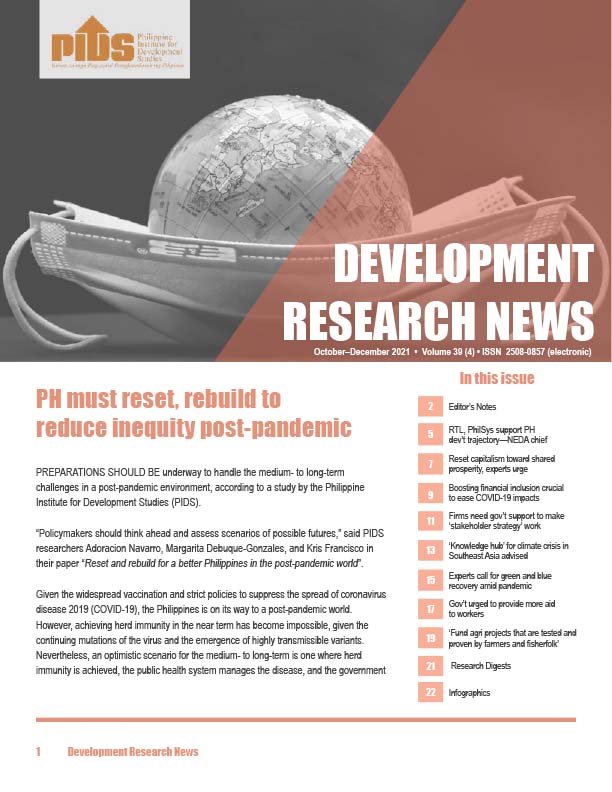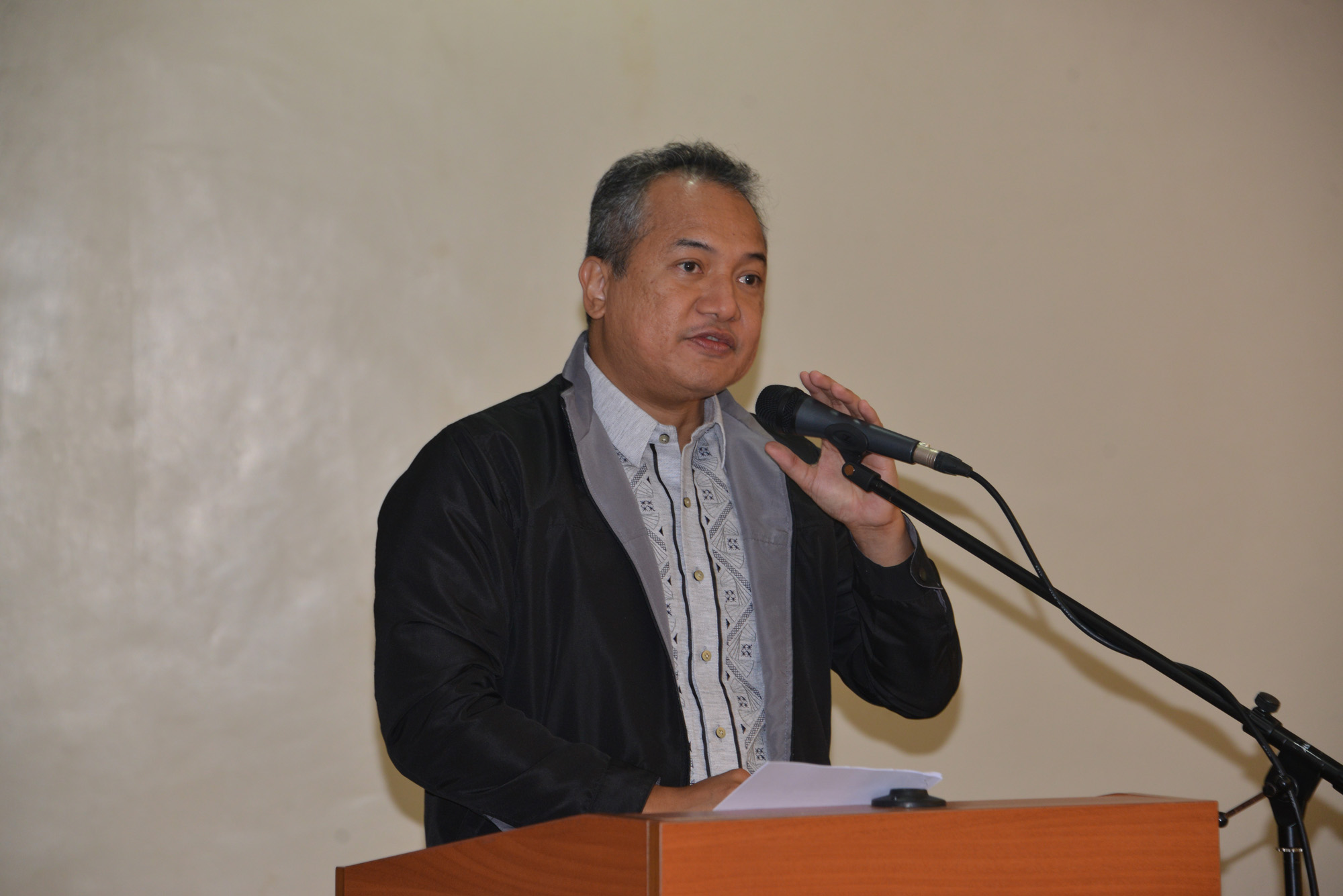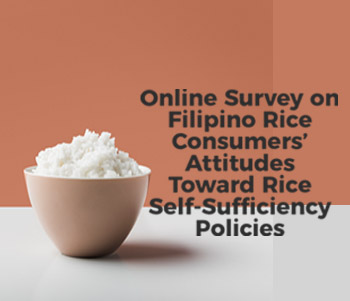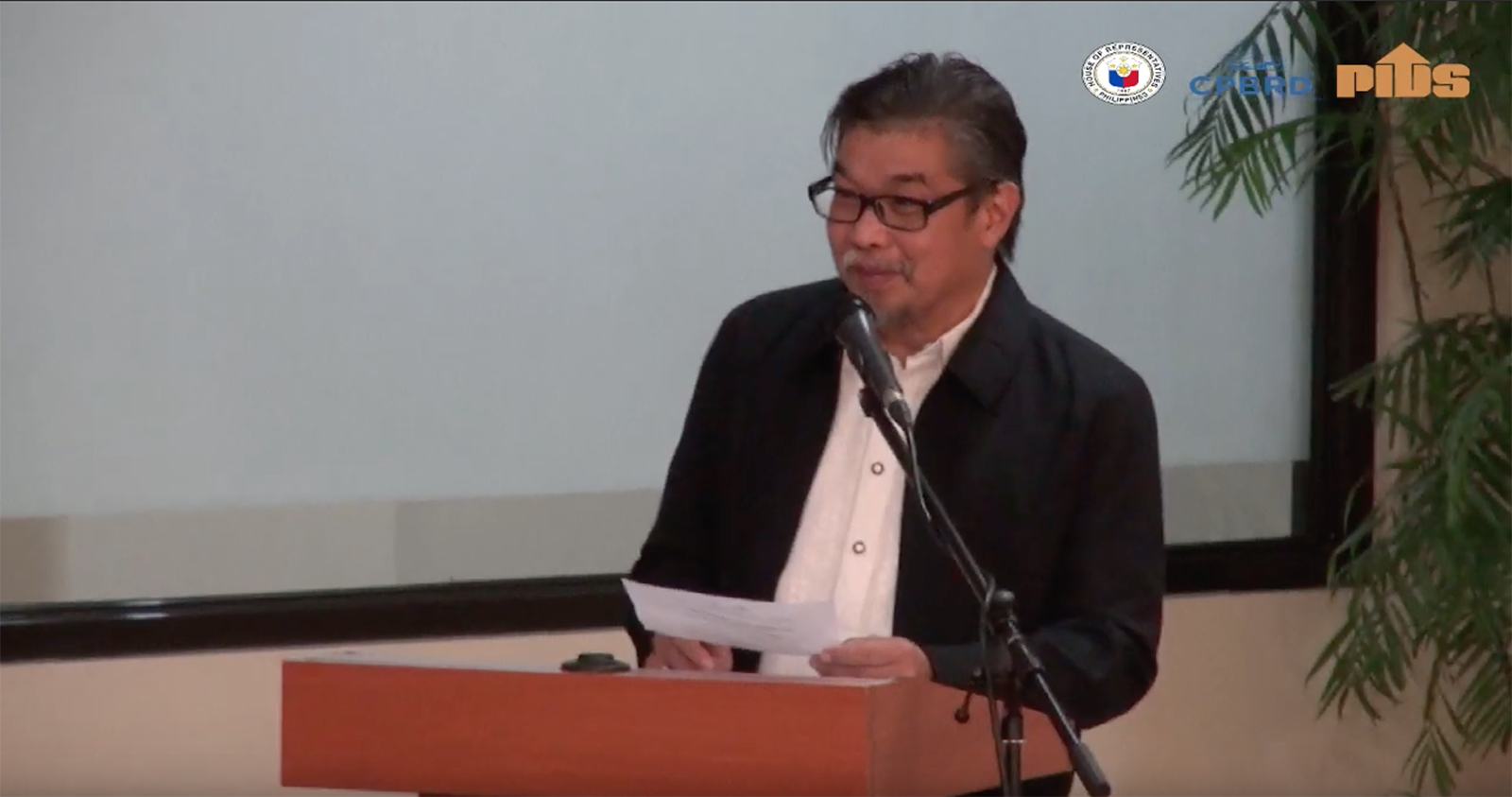REPLACING the quantitative restriction (QR) on rice with "moderate” tariffs will bring down rice prices significantly, as imports will increase ten-fold, according to a study released by state-owned think tank Philippine Institute for Development Studies (Pids).
In the study titled "Competition Reform in the Philippine Rice Sector,” Pids Senior Research Fellow Roehlano Briones and Consultant Beulah de la Peña said rice prices will decline to around P19.8 per kilogram.
"Welfare analysis indicates that, in 2013, if quantitative restrictions were eliminated and rice imports were allowed to freely enter the country, rice imports would have increased ten-fold, bringing down the retail price of rice to P19.80 per kilogram from P33.08 per kilo,” the authors said.
Under a free-trade scenario, the authors said, total rice imports would reach 4.2 million metric tons (MMT). The consequent increase in supply will also bring down wholesale prices to an average of P17.66 per kilo.
This would allow consumers to save a total of P178.07 billion. The study said, however, that this would cause producers to lose P33.99 billion and a P5.63-billion reduction in importer’s revenue.
"Obviously, with repeal or relaxation of these restrictions, producer surplus must fall, to the detriment of farmers. One way to ease the burden of adjustment is to apply a moderate level of tariff, thereby striking a compromise between the benefits to consumers and the losses to producers,” they said.
The authors believe that rationalizing the country’s rice importation policies are needed to protect not only rice producers or the farmers but also the public.
The study stated that the current restrictive importation policy of the country has made smuggling lucrative to the detriment of producers, consumers and other market participants.
"Tariffication–involving liberalized importation of rice subject to payment of import duty–can still confer some protection on producers, while reducing the price of rice, stabilizing domestic supplies and prices, and deterring any attempt to control supplies to manipulate market prices,” the authors said.
When the Philippines acceded to the World Trade Organization in 1995, the country agreed to convert quantitative restrictions (QRs) into equivalent tariffs. The QR has allowed the government to limit the volume of cheap rice that may enter the country.
However, the Philippines obtained a special treatment for rice up to 2005, allowing it to maintain its rice QR. To make up for the special treatment, the country conceded to a minimum market access, ranging from 30,000 tons in 1995 up to 224,000 tons in 2004.
Upon expiration of the special treatment in 2005, the authors said the country negotiated and obtained an extension of up to 2012.
The DA said the WTO has, again, allowed the Philippines to extend the QR for another five years, or until 2017.//

